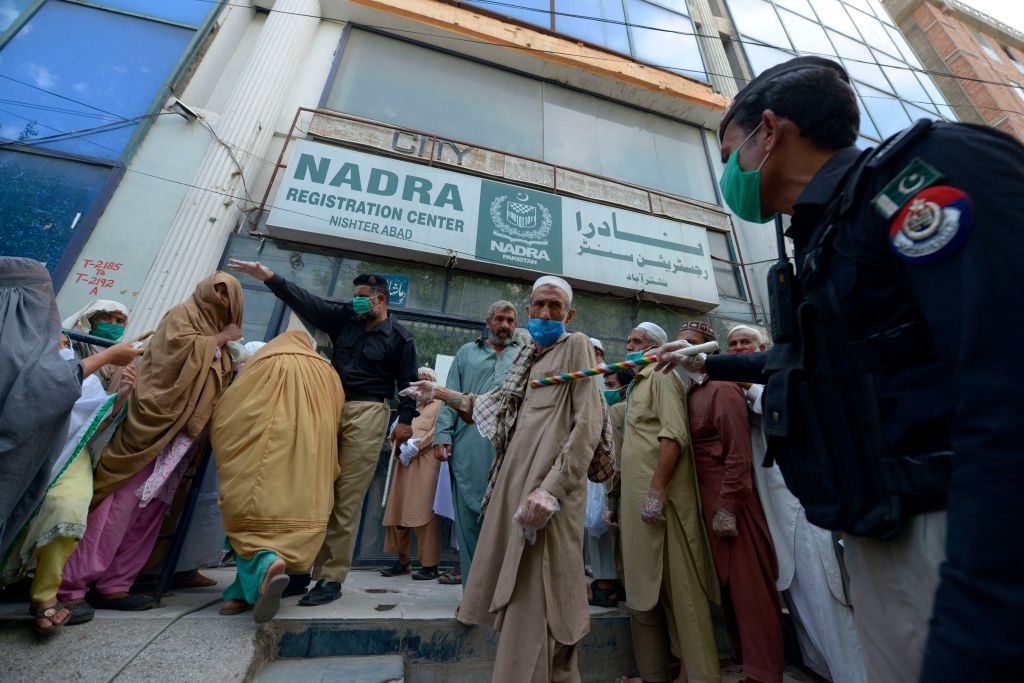The US Congress cleared a $550 billion bipartisan infrastructure package on 5th November 2021, including a $2.75 billion internal state grant to help Americans access and use technology. The House passed this legislation [HR 3684]1 in 228-206 votes following Senate passage by 69-30 votes and awaits President Joe Biden's signature.
It was a significant step necessary post the pandemic, as most working Americans and Children access everything online. This legislation will not only help those in the low-income and minority population get access to the internet at home, but it will also help teach and train adults to use computers and apply for jobs.
The legislation would create new grant programs managed by the National Telecommunications and Information Administration (NTIA) over the next five years. It would include $1.44 billion for state implementation grants, $1.25 billion for competitive grants, and $60 million for state planning grants.
The Commerce Department will be responsible for dispersing approximately $42 billion in funding to the states to ensure that all Americans access affordable high-speed internet services. It also includes granting each state and certain union territories at least $100 million in grants.
The states that want to apply for these grants will have to submit digital equity plans to the NTIA for review before the funding is approved. These plans must also identify potential stakeholders that the state wishes to partner with to deploy digital equity programs, including community institutions.
One of the main goals for the funding is to help those who lost their jobs during the pandemic. According to Greg Guice, the director of Government Affairs at Public Knowledge, a non-profit broadband and policy group, approximately one-third of the unemployed individuals lack proper digital training to apply for a job.
The package includes language from the bipartisan Digital Equity Act that provides resources for digital literacy and skill training to learn how to use the internet and majorly focuses on populations with low incomes or disabilities.






Comments